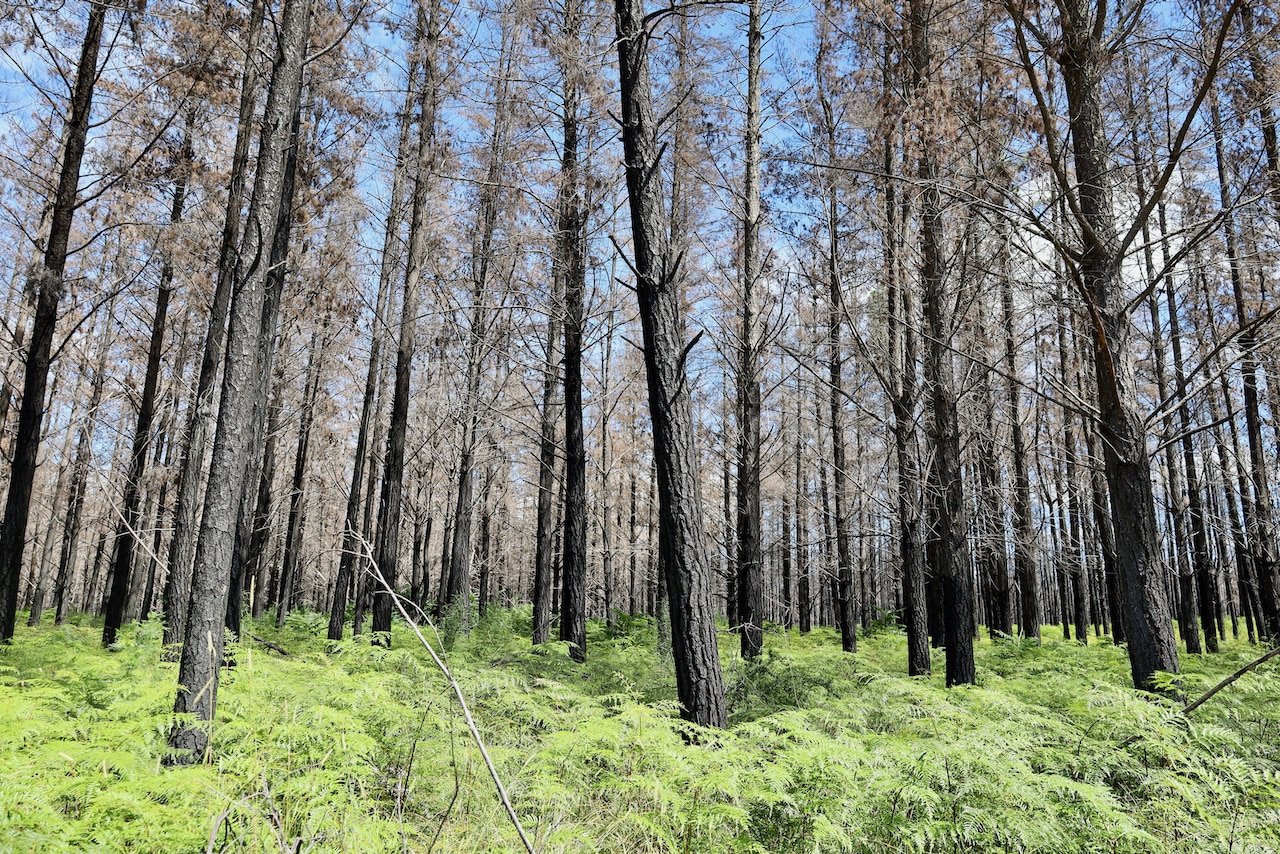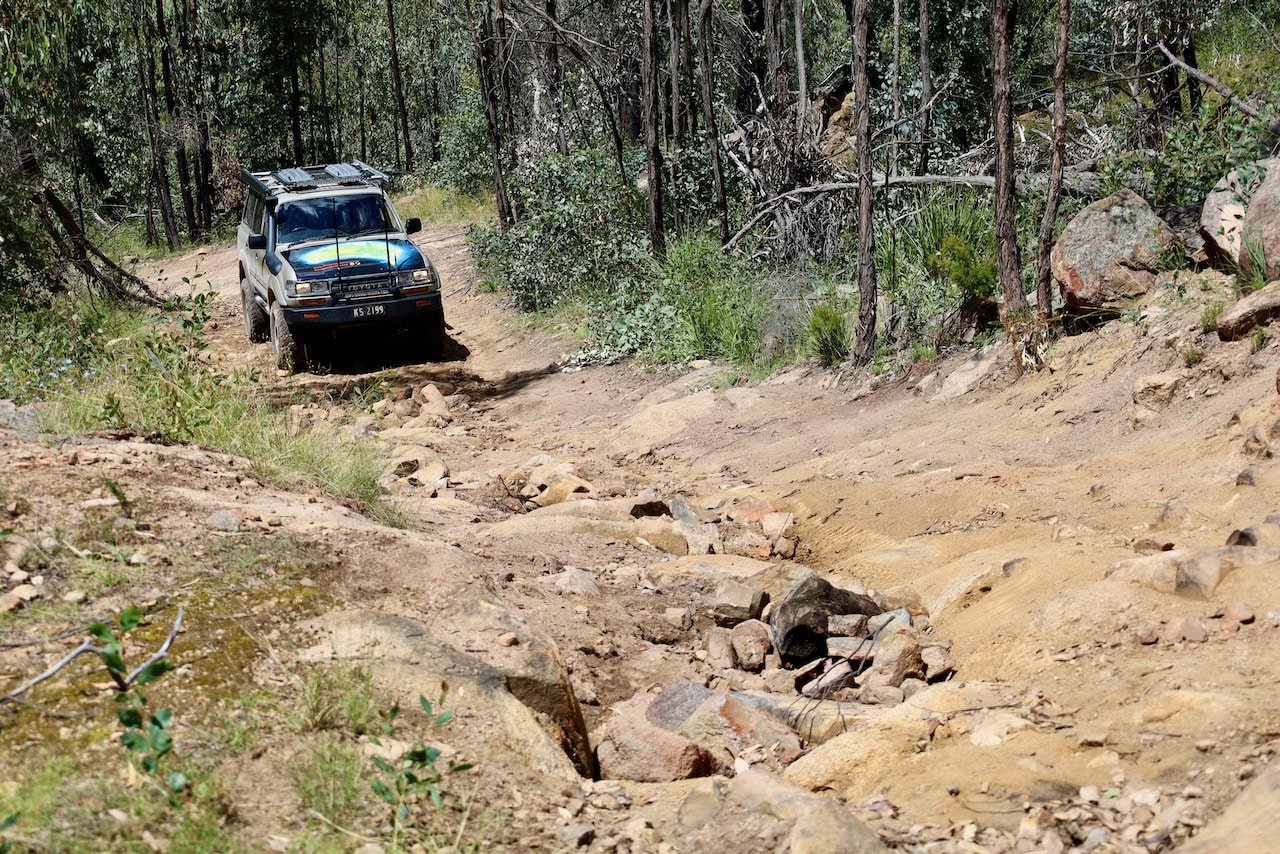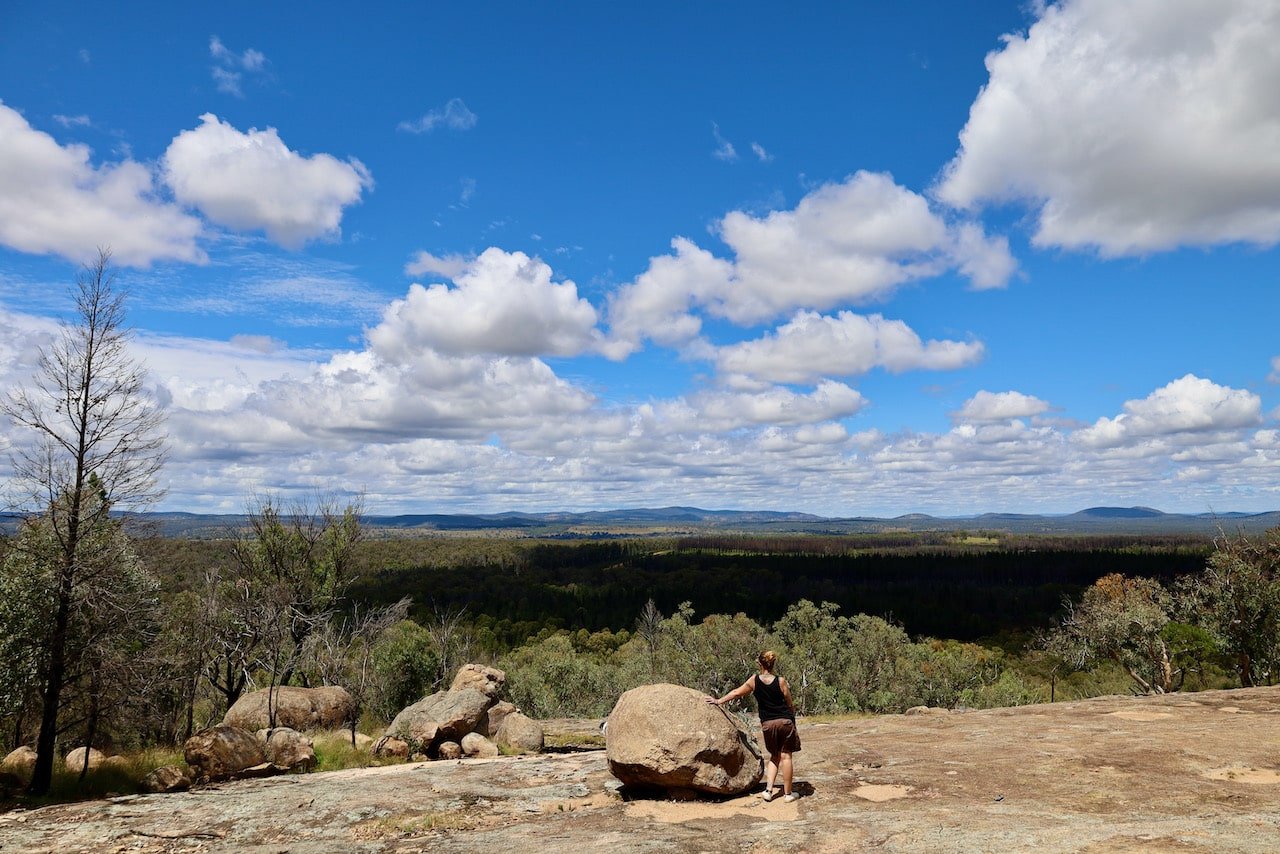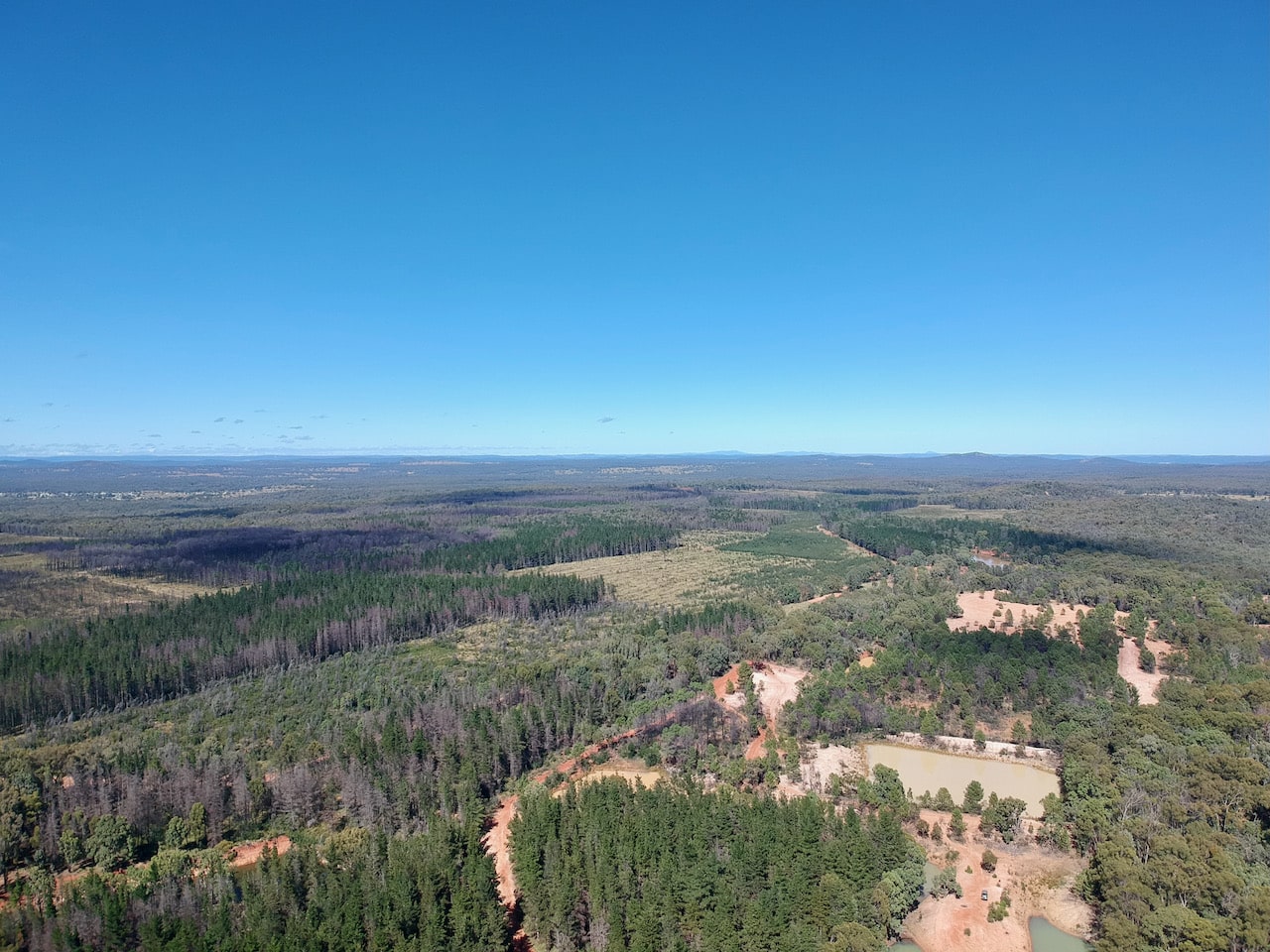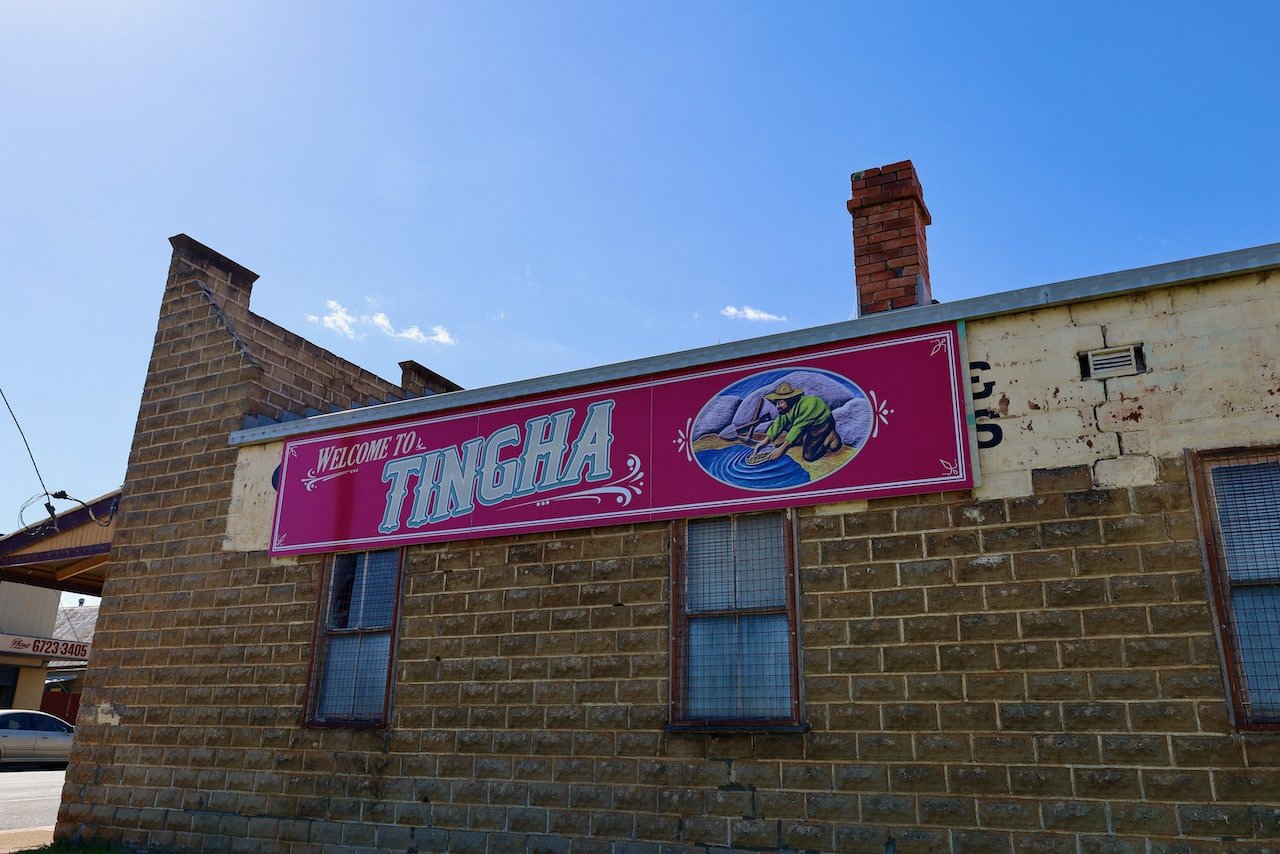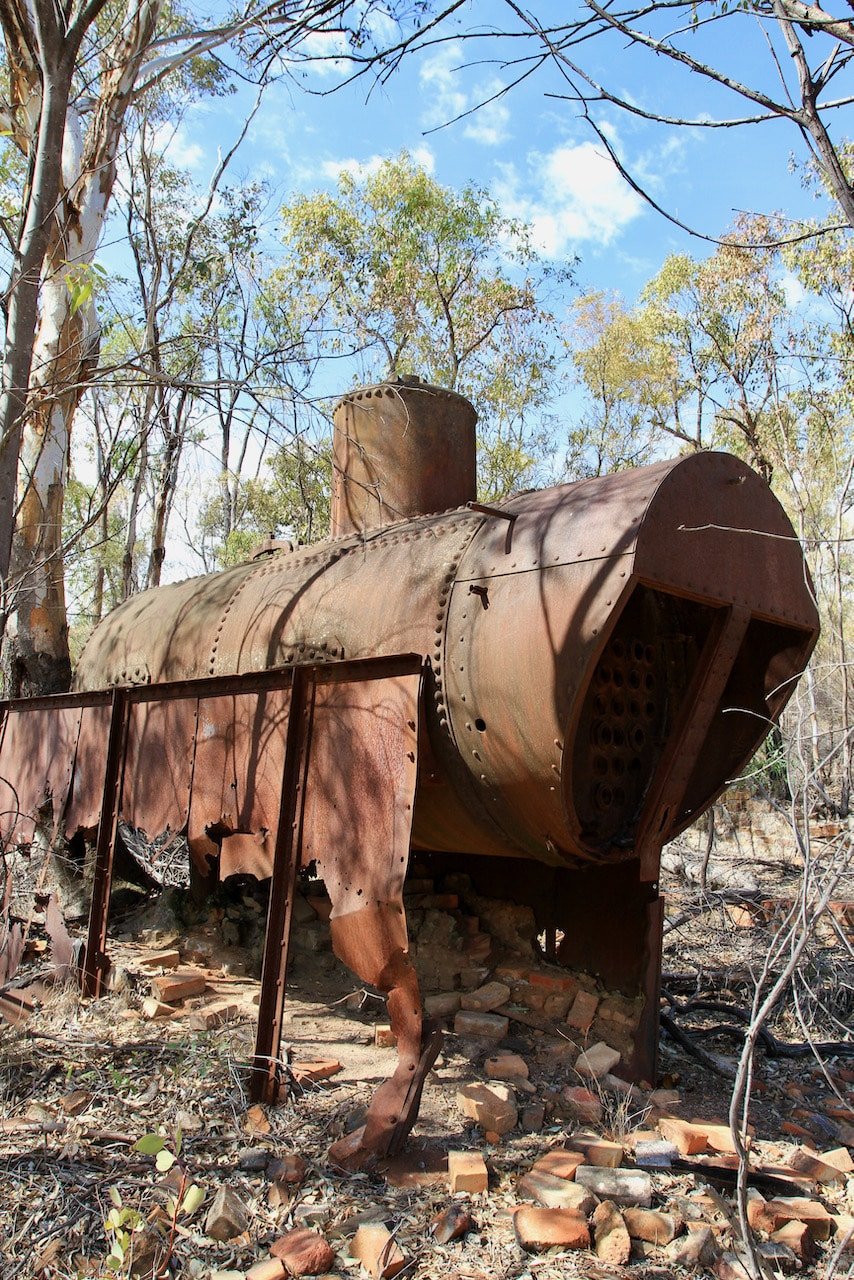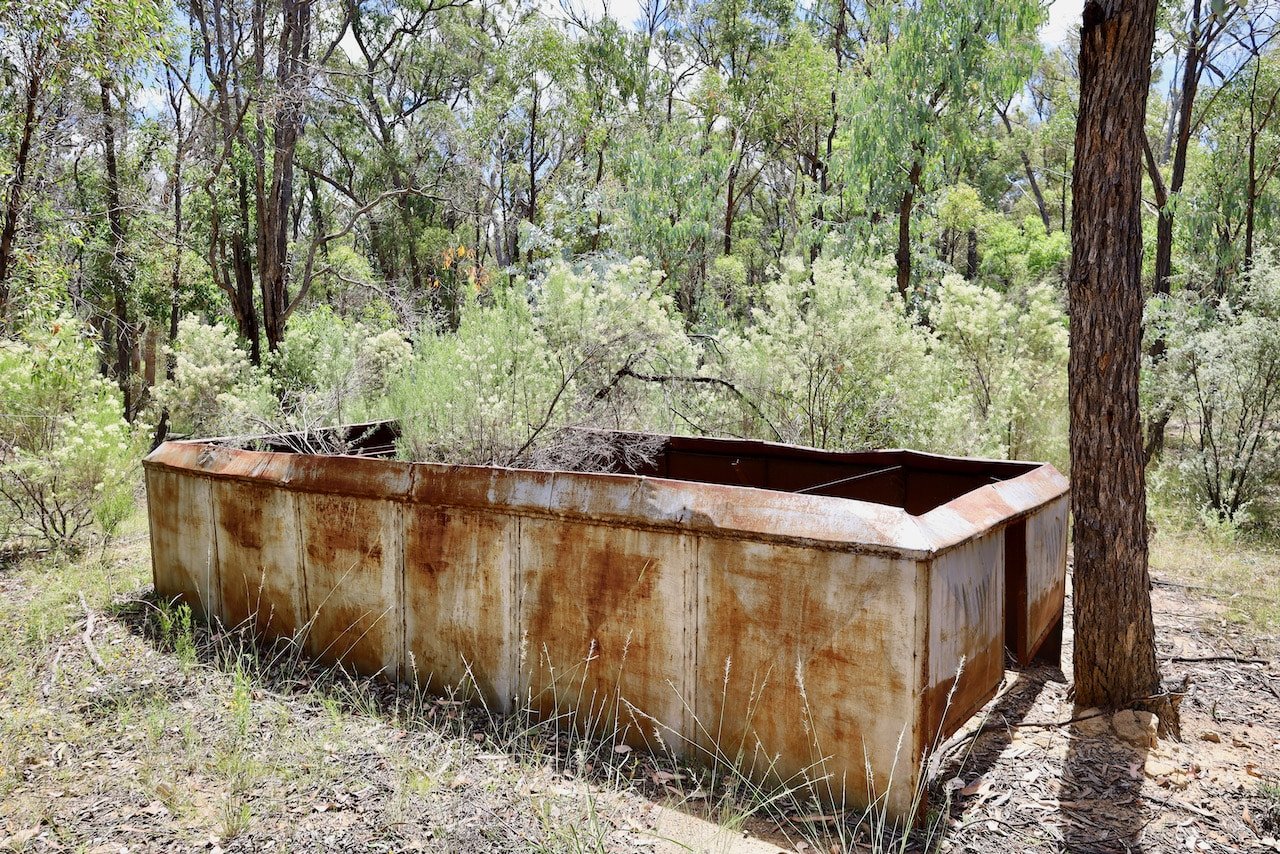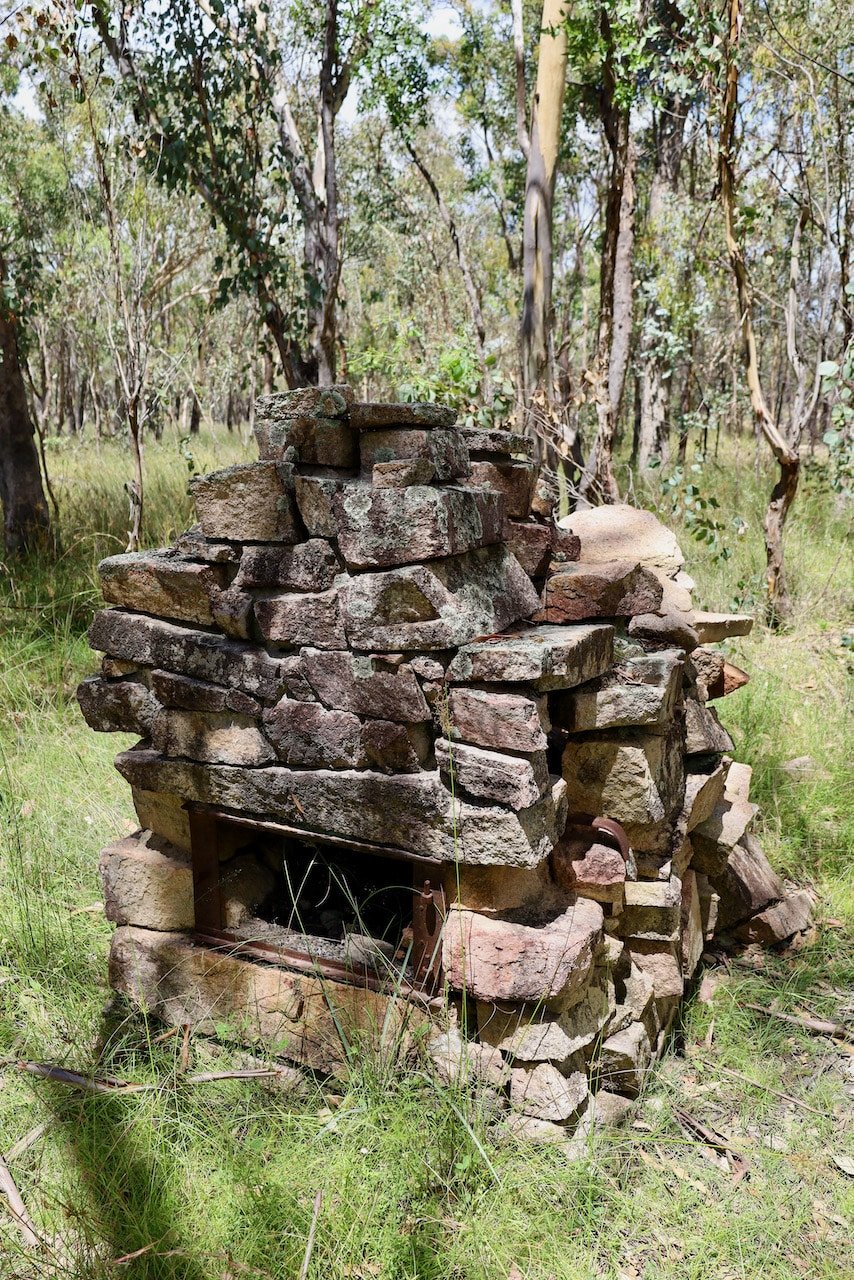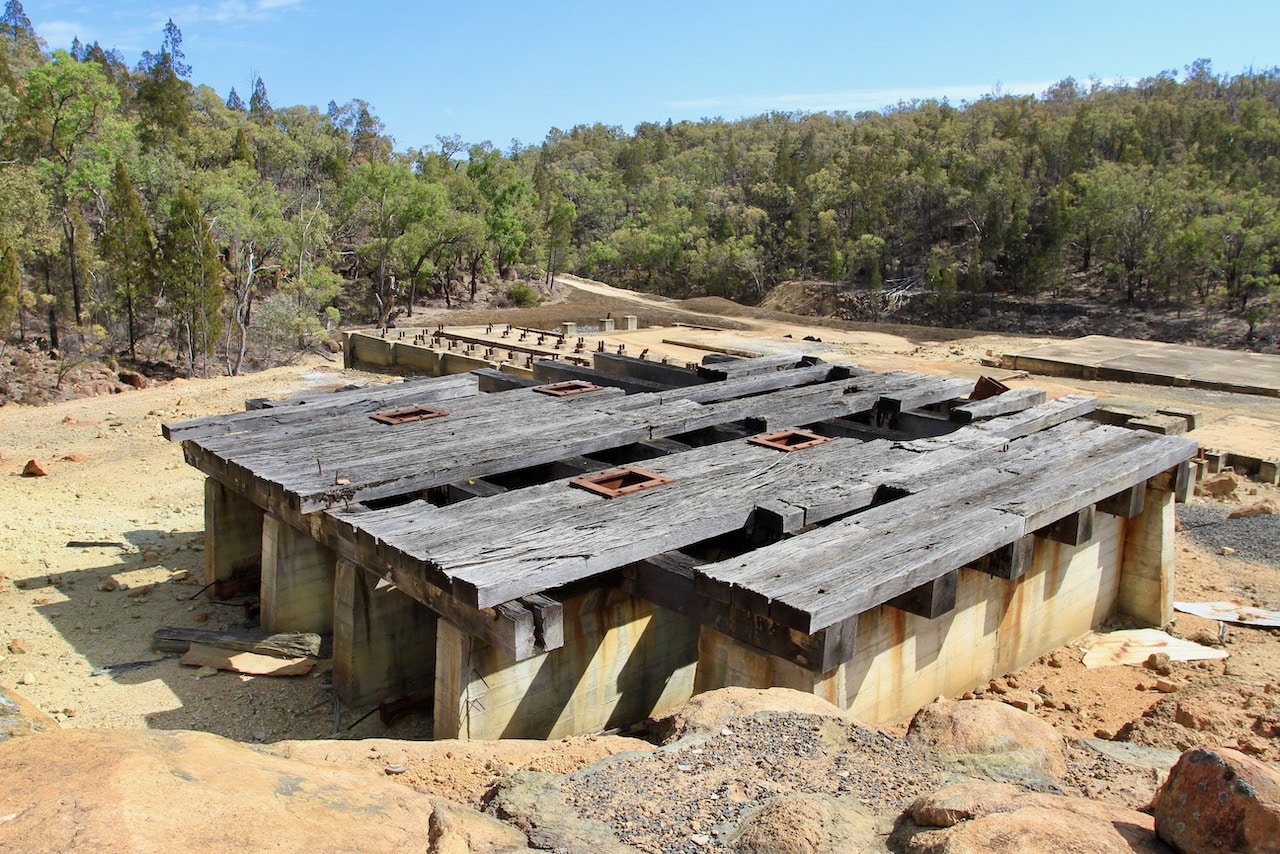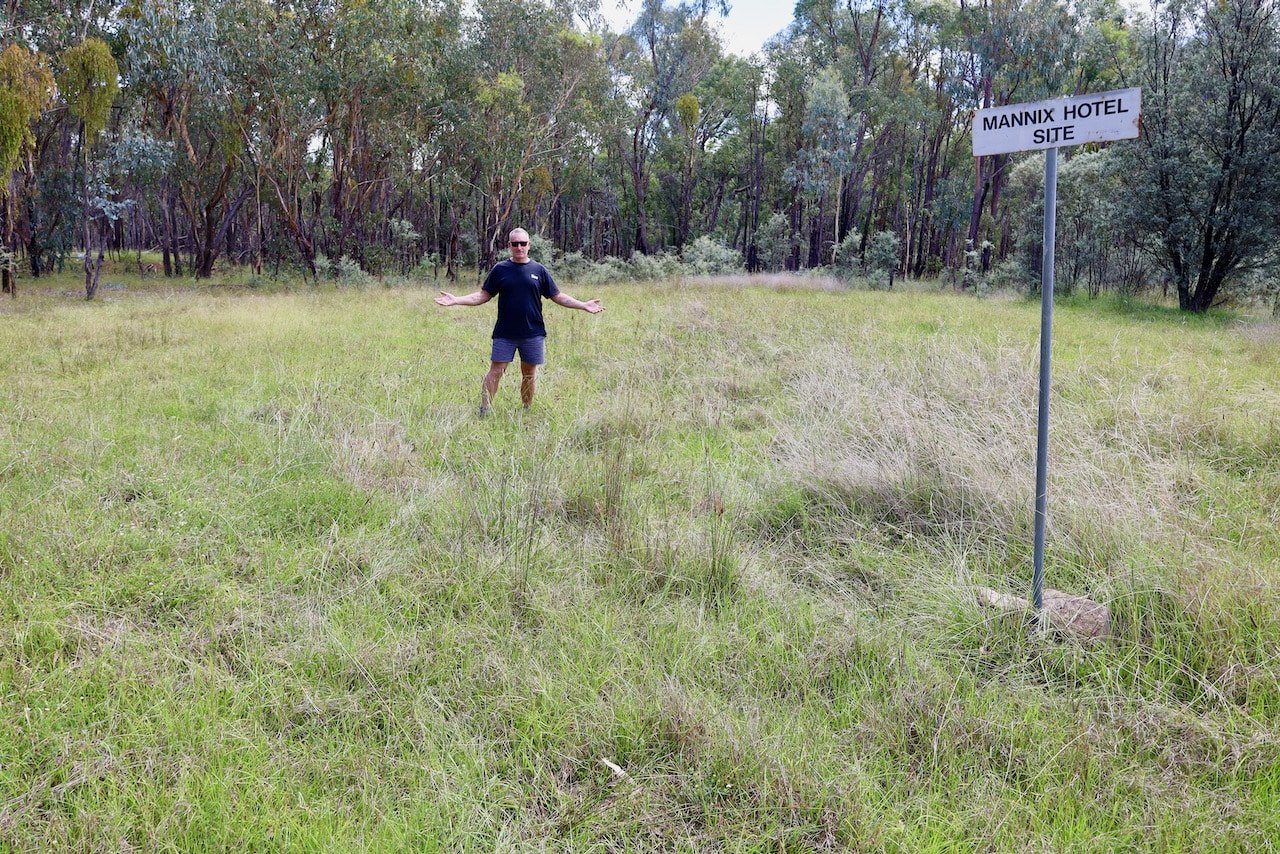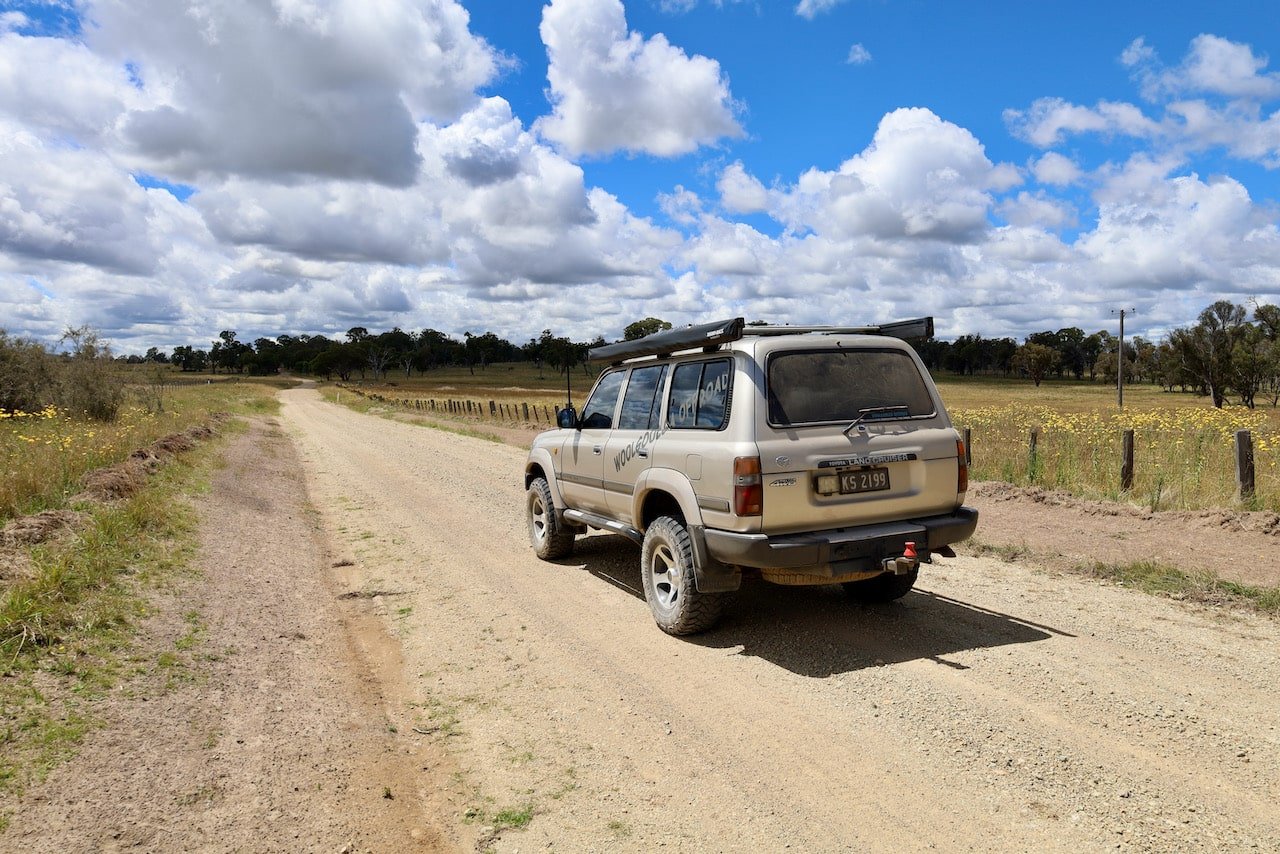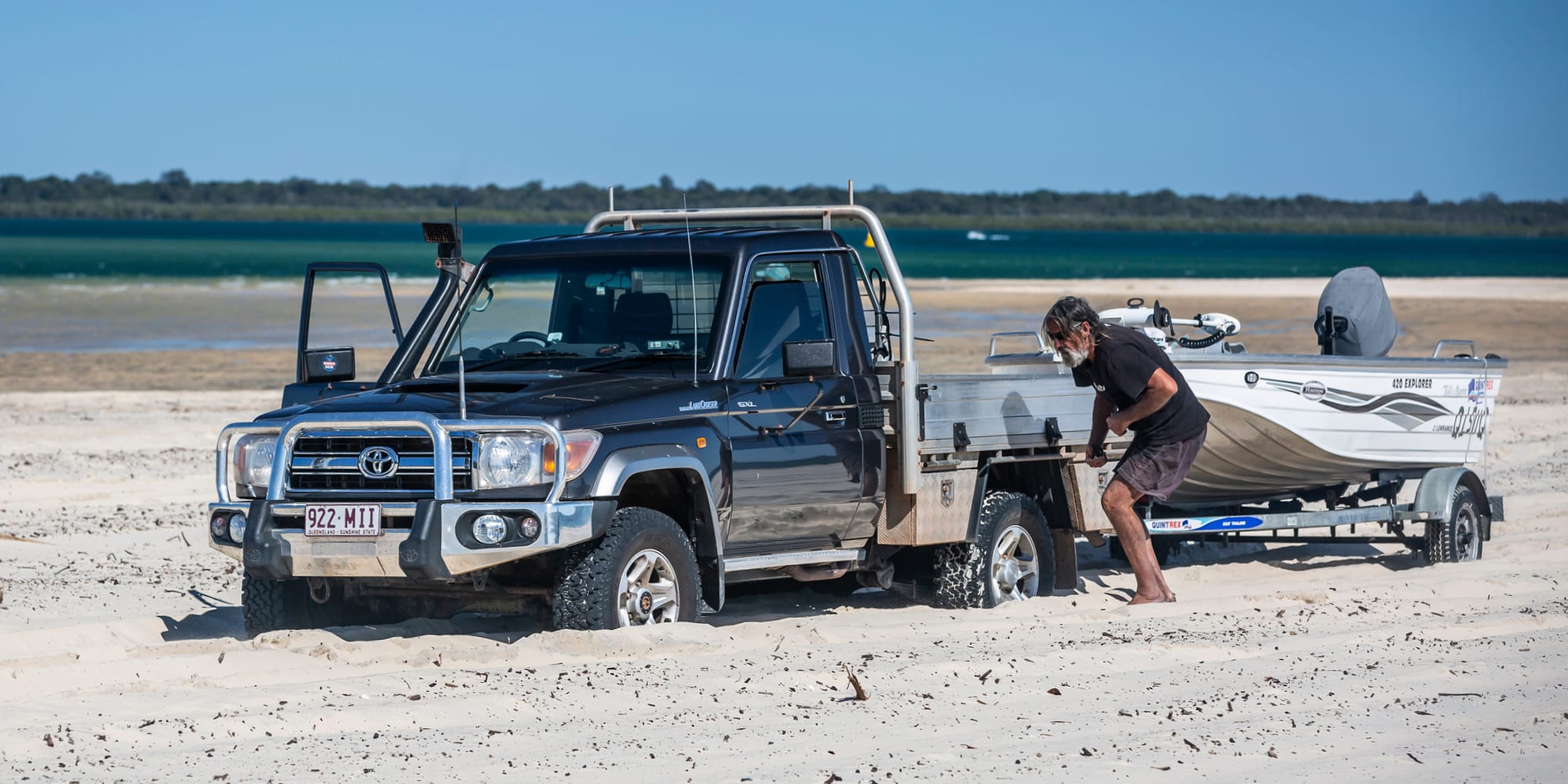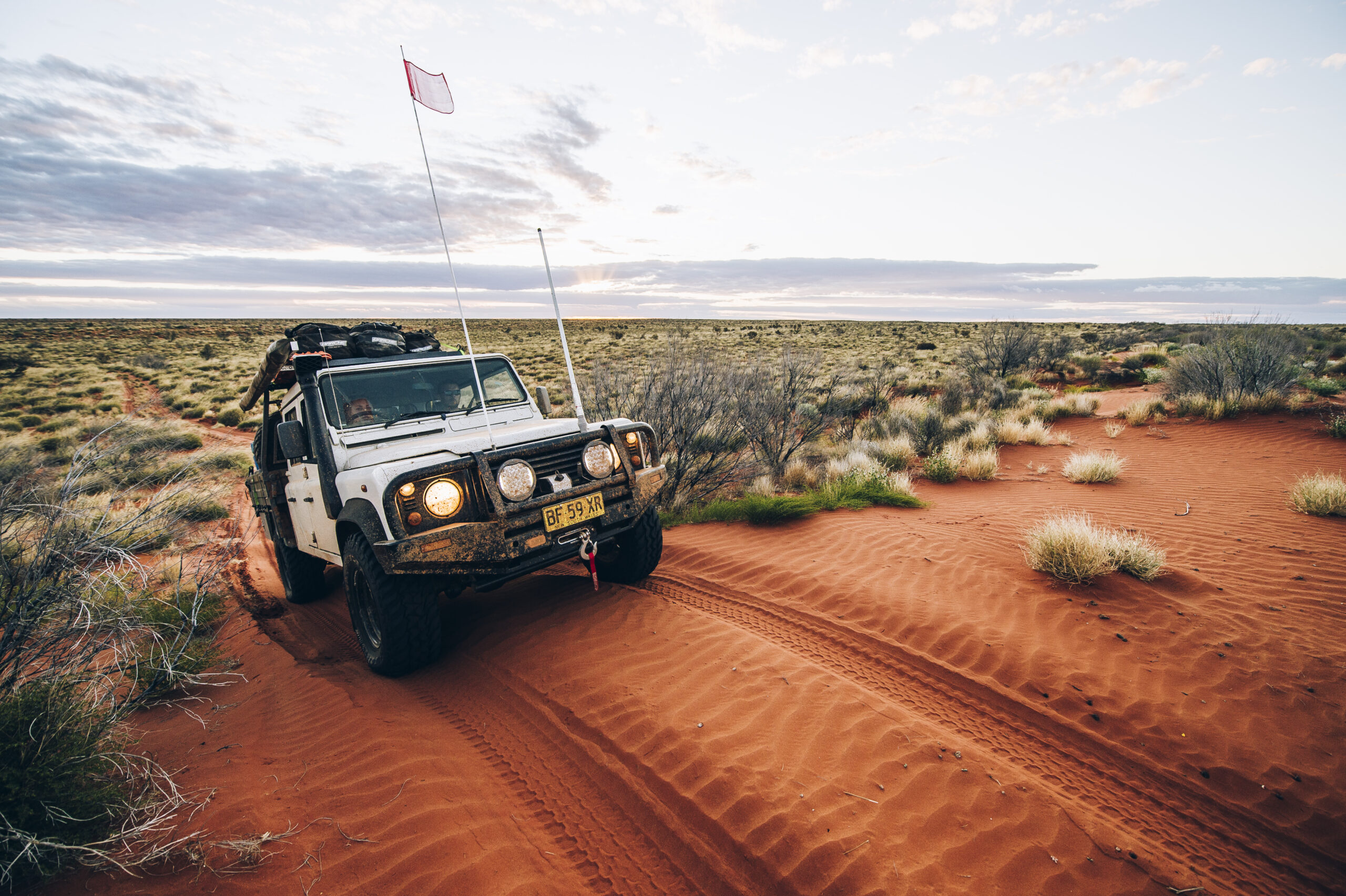Words and pics Kev Smith
Located on the northern tablelands of NSW, about 630km north of Sydney, the ex-mining town of Tingha offers plenty of fascinating landscapes, rich history and some of the best waterfront camping in the country.
Major tin deposits were discovered on the northern tablelands of NSW in 1870, predominantly around the settlement of Tingha, which had been previously settled in 1841 by Sydney Darby, who was looking for pastoral land.
Within 12 months of the tin discovery, more than 8000 people had headed to the area around Tingha, including hundreds of Chinese. It wasn’t long before the mines became a successful commercial opereation due to the huge amount of tin that was found and, as the majority of this tin was on the surface, little machinery was needed to mine it, and in turn the miners made good money.
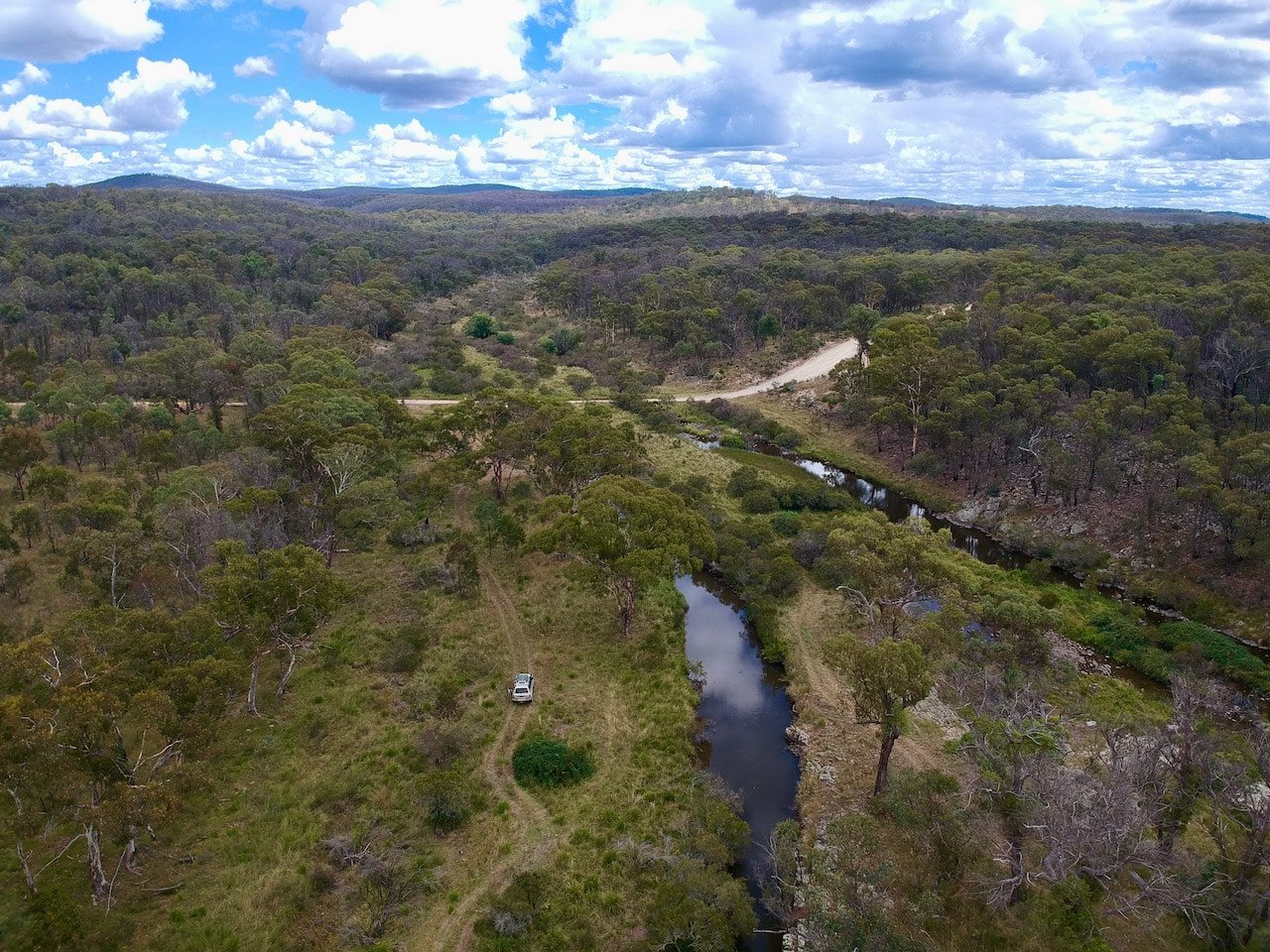
The tin boom gave the town a school and a general store with a post office, but as quickly as the boom had arrived, by 1900 it was all done and dusted. The amount of tin that had been mined in that time is staggering to say the least; it is suggested more than 70,000 tonnes was mined within a five-mile radius of the centre of town. At the peak of the boom, Tingha was the largest tin-producing district in NSW, and the private town was originally established in 1885 for the sole purpose of servicing the mines.
New dredges were brought in to rework the old ground in the 20th century, but this proved less than fruitful, and today little remains of the old mines except for rusting relics and massive pits that were dug for extracting the tin.
For a fascinating insight into the history of Tingha, the Wing Hing Museum in the main street is a must-visit. It is located in an early 19th century store that was owned by the same Chinese family for over 80 years, and the building and fittings have remained intact from the early 1900s. This is one of the few buildings left in Tingha from the tin-mining boom era. The interior of the store still remains as it used to be, containing items from Tingha’s Chinese and tin-mining history.
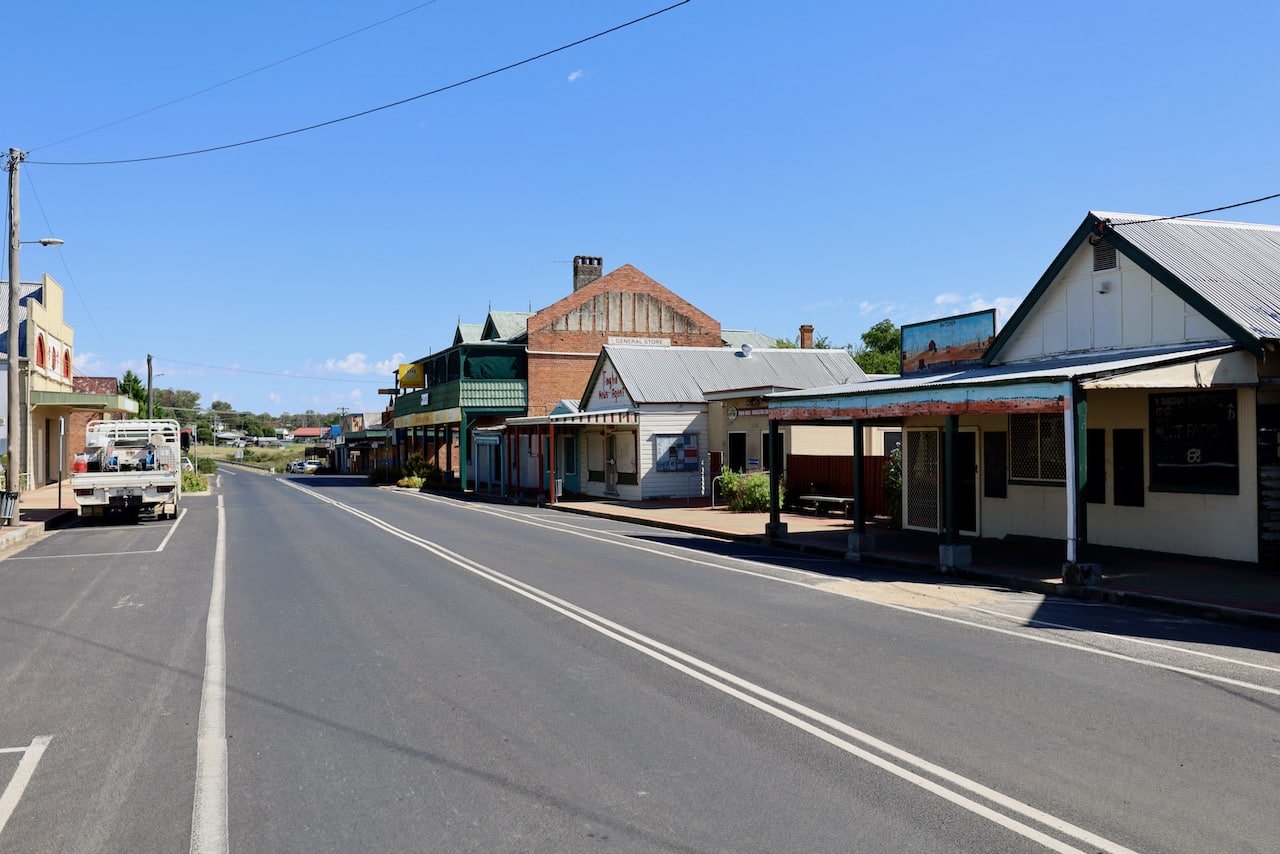
Today Tingha is a quiet place, with fewer than 1000 people living in the district, yet the town still supports a school, several shops and a caravan park that caters to visitors who want some time away. Most people who come to Tingha are here to fossick for gems and crystals that have ‘grown’ in the sandy surface soil over millions of years and were dug up when the miners were looking for the tin.
Most fossickers head out to the Tingha Plateau reserve which is an area around the small settlement of Stannifer, about 10km from Tingha. This area was also mined for tin many years ago, which has left some interesting scars through the landscape with massive deep trenching and huge piles of sand beside the pits. Some of these pits extend for hundreds of metres, and are 50 metres wide and very deep. Most are full of water but there are still plenty around where you can crawl down just to sense the vastness of what the miners did here.
The areas where they had mined are also thick with quartz, including what’s known as Jelly Bean Quartz. Jelly Beans are quartz crystals that have been rolled and tumbled in waterways until their original sharp angular crystal shape becomes rounded and smooth, looking like a jelly bean. In reality they look almost like any other water worn rounded smooth pebble you may find in a river or at the beach, except for the fact they are quartz, and can be beautiful and clear like a glass bead.

Around the masses of old mullock heaps it’s pretty easy digging looking for crystals, Jelly Beans, smokey and clear quartz, and others. Deep in the forests at Tingha, there are relics of an old stone baker’s oven and baking pits. Even better still, the site and underground wine cellar of the Mannix Hotel is nearby. The story goes that the pub burnt down and then shortly after the owner’s young daughter fell down a mine shaft and died. Unfortunately, the owners had enough bad luck in this area and decided not to rebuild the pub and moved away never to be seen again, leaving only a stark reminder where their little girl was buried.
Another attraction nearby is Copeton Dam, which has some impressive stats; it’s three times the size of Sydney Harbour when full, has some of the best freshwater cod fishing around (monsters over a metre in length are caught regularly), is more than 100m deep and it offers an array of water sports on the surface. This place has some of the best waterfront camping you’ll find… and history abounds in the area.
In 1930 a proposal to dam the valley for irrigation for nearby towns and agriculture growth was made, but World War 2 interrupted and funds dried up, but by 1966 money was sourced and the current location was approved with work commencing in 1968. The project took five years to complete, plus over the years the dam size has increased with a higher wall and nine flood gates.

Before the valley was flooded, two small towns were abandoned; Boggy Camp and Dasey Town. Stockyards, a cemetery and buildings now lay deep underwater. It’s a little morbid, but when the dam suffers severe droughts, these relics rise from the deep. In 1994 the dam registered an extremely low two per cent water level, and it was possible to see some of the many cemetery headstones, the mine tower and old fence lines.
Most people head to Copeton for the stunning camping spots and watersports where you can fish, sail or just swim in this vast waterway, and with around 45 sq km of water to explore it’s not hard to find a quiet cove. Choices for camping are pretty damn good too, with kilometres of free camping through to paid sites if you stay at the Inland Water Holiday Park, located on the northern side of the dam along Auburn Vale Road from Inverell. With waterfront sites, fires and dogs permitted, showers and toilets, plenty of boat launching spots, and total serenity, you’ll easily fall in love with the place.
Free camping can be found on the eastern side coming in from Howell, but there are no facilities so you’ll need to be totally self-sufficient as it’s a long way back into town.
On the road through Howell, the Conrad Mine began operation back in 1898 with nearly 17,800 tons of concentrate silver, lead, copper and arsenic being extracted. Some of the original shafts that were all dug by hand are nearly 250-ft deep.
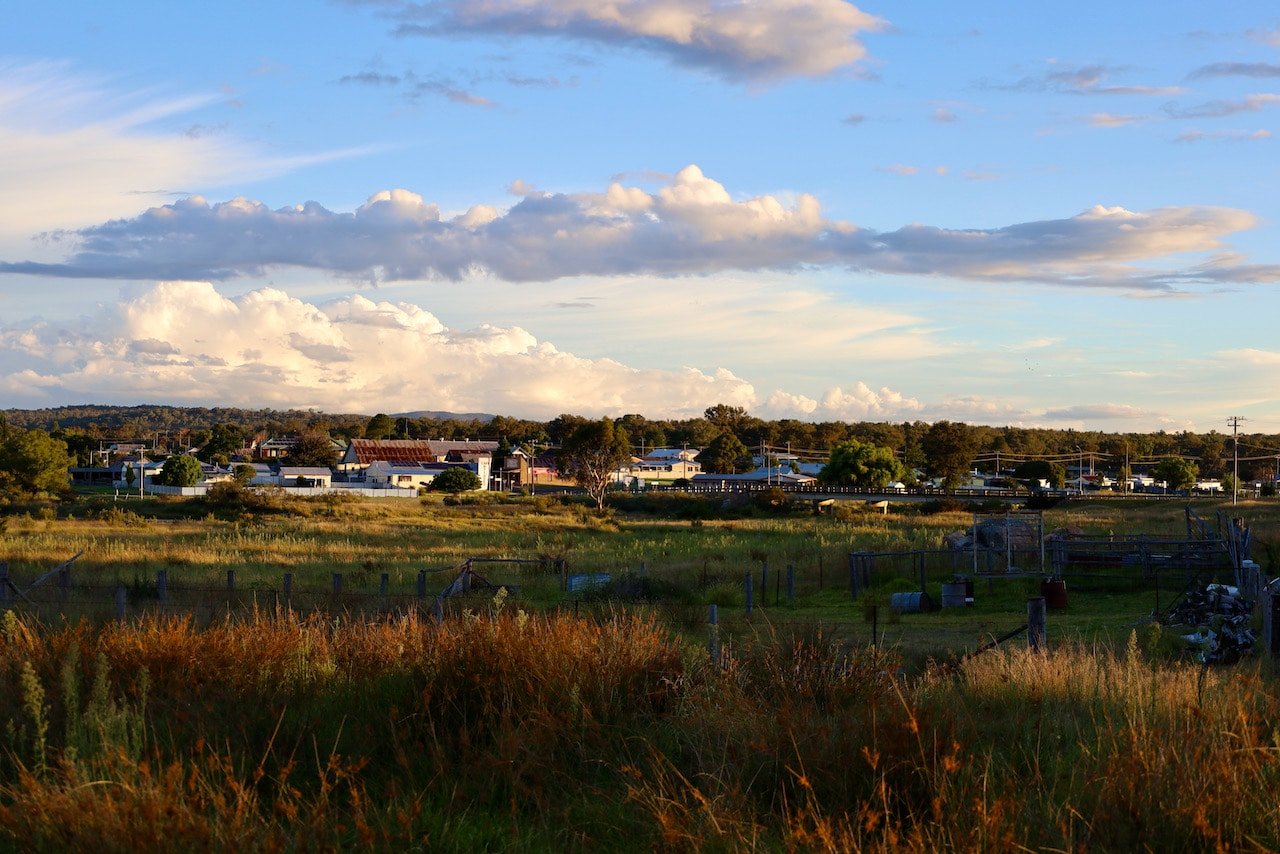
Eventually the good fortune ran out and the mine was shut in the mid 1950s. Currently safety procedures are in place to clean the site up and to preserve it for historical reasons. While the Conrad mine was operational, other areas were explored within the region, and smaller mines were opened with some degree of luck with a host of other gems and minerals found. Sapphires were found in the area and by 1970 there were more than 100 mining operations in the district all searching for this shiny stone. Inverell is now known as the Sapphire City.
Halfway between Copeton Dam and Inverell, on the Copeton Dam Road, the local shire has put aside a large lump of land where you can fossick for free. Signposted at Staggy Creek, it’s only a short drive through several paddocks to the digging fields. Staggy Creek Reserve is part of an ancient creek bed where it’s been eroded down to what it is today. Even though the ground has been dug over for the past 20 years, it’s still exciting to scratch around for an alluvial diamond, black tourmaline, tin or clear quartz.
The best way to explore here is just to walk around and check out the vast number of holes that others have dug. Either dry sieve or, if there is any water in the small dam, let the water wash the dirt away to hopefully expose a surprise or two.
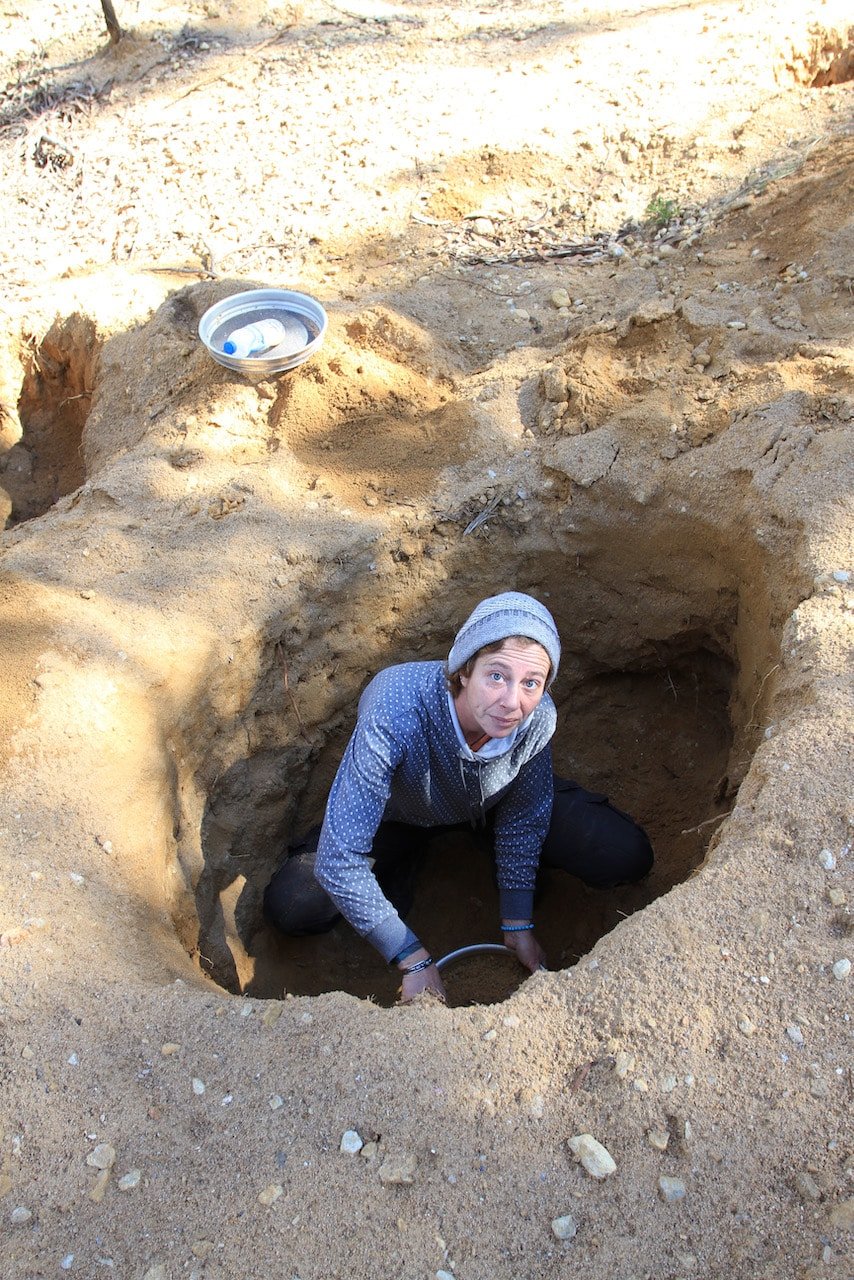
Tingha is surrounded by more than 2000 acres of open common, which is great for four-wheel drivers, motorcyclists and fossickers. It’s not an area where you’ll experience extreme four-wheel driving, and maybe you won’t even lock the hubs, but whether it be a family weekend to a fossicking trip away, the Tingha area has some of the best camping you’ll find, along with fascinating history and relics. And if you’re lucky you might even find a gem or two when you take a step back in time.
Tingha fast facts
LOCATION: Tingha is located on the northern tablelands of NSW and about 630km north of Sydney. The nearest major town is Inverell, 30km away, with most major facilities to cater for all needs.
WHAT TO TAKE: This depends on what you’re planning to do. Some might want to do nothing apart from enjoying the solitude of the area. Fuel, takeaway food and basic items can be bought nearby in town. Keen fossickers can take a spade and a sieve to go gem searching.
CAMPING: Tingha has a single caravan park with all amenities in the town’s limits. Everyone is catered for, from swags, tents, any kind of camper trailers and even to caravans with both powered and unpowered sites.
THINGS TO DO: Fishing, fossicking, birdwatching, photography, walking trails and exploring the region’s relics,
MORE INFO: For more information about facilitates or camping in the area call the Inverell Information centre on (02) 6728 8161. They can also help you with the free-camping areas, places to fossick, explore or just general locality information.
Hit this link for more Unsealed 4X4 travel stories.




